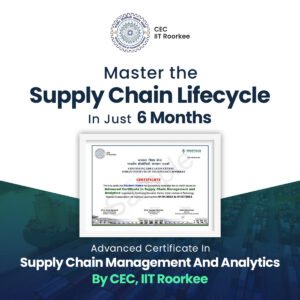When it comes to success, finding the right talent is key. Staffing solutions and services are game-changers for businesses, ensuring they meet their hiring needs. Whether you’re a small startup or a big player, optimising your workforce keeps you ahead in the market. Let’s get hiring!
Definition of staffing solutions & services
Staffing solutions are all about businesses finding the right people for the job. The solution providers partner with specialised staffing agencies to handle everything from recruiting to screening and placement. It’s like having a personal matchmaker who ensures you find the perfect fit for your job openings. Let the experts do the work for you!
Importance of staffing solutions
Now that you understand what is meant by staffing solutions, let us look at their importance. Here are the key importance of staffing solutions:
These agencies take care of time-consuming tasks like finding candidates, screening them and conducting initial interviews. This saves you valuable time and resources, allowing you to focus on growing your business. Let them handle the nitty-gritty while you stay on top!
Access to a broader talent pool
Staffing agencies have extensive networks and resources. They connect you with qualified individuals, expanding your chances of finding the perfect fit for your team.
Specialised expertise
Staffing agencies get it! They know exactly what skills and qualifications are required for each job. Count on them to find candidates who have the expertise and experience your business needs.
Flexibility in workforce management
These solution providers can quickly scale up or down based on fluctuating workloads. It can be due to seasonal demands or project-specific needs.
Cost savings
With these agencies, businesses can avoid the costs associated with lengthy hiring processes and reduce the risk of making wrong hires.
Faster hiring
Staffing agencies have pre-screened candidates and established networks. It helps to quickly match qualified candidates to job openings. This speed ensures businesses can fill vacant positions promptly, minimising productivity gaps.
Risk mitigation
Staffing agencies take the risk off your plate! They handle background checks and verify credentials, so you don’t have to. This ensures you’re connected with trustworthy and qualified candidates, minimising the risk of hiring mistakes. Relax and let them do the heavy lifting!
Focus on core operations
Leave the hiring to the pros! Outsourcing to staffing agencies lets you concentrate on what you do best. With their expertise, you can free up time and resources to focus on strategic activities that boost growth and profitability. It’s a win-win situation!
Adaptability to changing needs
Stay agile with staffing solutions! They allow you to adapt swiftly to changing demands, project needs or unexpected workforce shifts, keeping your business competitive and ahead of the game.
Long-term partnerships
Team up with staffing agencies for long-term success! By building partnerships, you establish a reliable talent pipeline that consistently delivers candidates who fit your organisation’s needs.
Types of staffing solutions
There are different types of staffing solutions, such as:
Temporary staffing
Get the help you need, when you need it! Temporary staffing solutions are perfect for handling fluctuating workloads and seasonal demands. They provide extra manpower during peak periods or specific projects, keeping your business running smoothly.
Permanent staffing
Build your dream team! Permanent staffing solutions help you find and secure talented professionals for long-term positions, allowing your business to grow and thrive with a strong and dedicated workforce.
Contract staffing
Flexibility at its best! Contract staffing solutions provide specialised expertise for a specific period, perfect for businesses needing short-term skills without long-term commitments.
The wrap-up: Key highlights
Staffing solutions and services are vital for businesses to effectively meet their hiring needs. By keeping pace with the evolving industry, businesses can stay competitive and secure the right talent for their success. With a large user base, Imarticus Learning can help you find the right candidates that have the right skills. Click here to know more.

















